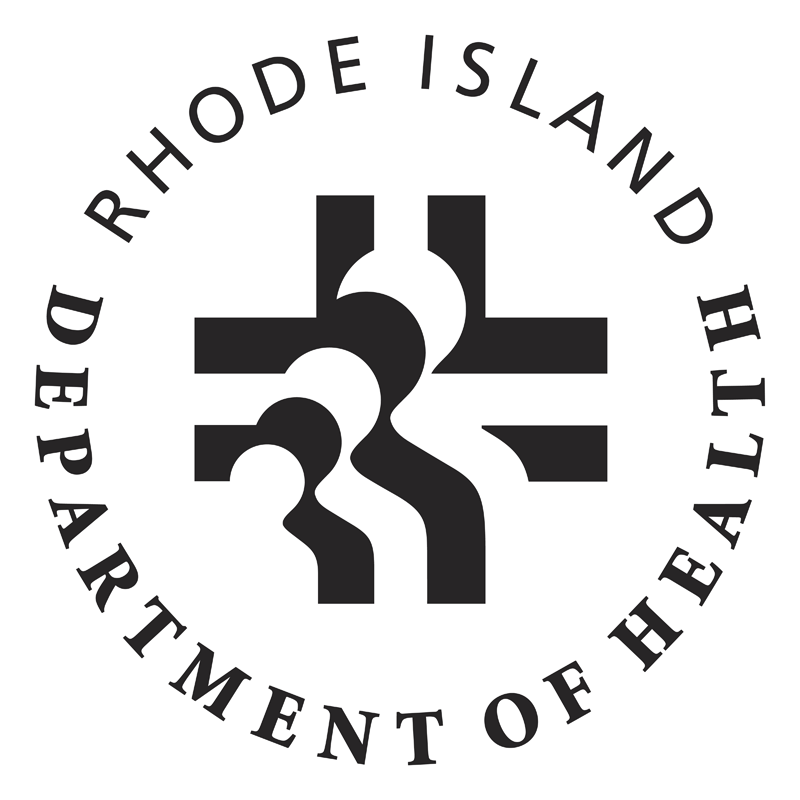 State of Rhode Island
State of Rhode Island Environmental Public Health Tracking
State of Rhode Island
Environmental Public Health Tracking
 State of Rhode Island
State of Rhode Island State of Rhode Island
Environmental Public Health Tracking
The Environmental Public Health Tracking Network brings together health and environmental data to monitor trends and compare environmental hazards, exposures, and health outcomes. Where we live, work, and play has a lasting impact on our health. Tracking helps us make those connections. It is important to understand how to use the data and what they can and cannot tell us.
Environmental data can tell us something about the sources of possible exposures, such as the levels of chemicals people may breathe or drink, people’s proximity to certain chemicals, or climatic conditions. The more data we have about the level of chemicals that people might breathe, drink, eat or touch, the more we know about potential exposure. For example, these data can be used to communicate to sensitive populations about the levels of air pollution, allowing them to take precautions. These data can show trends and frequencies of unhealthy levels of specific pollutants or climatic conditions. The data can be used to help the public lower their exposure risk and to determine potential future health impacts from things like extreme heat.
None of these data directly measure people’s exposure (the levels of chemicals in people caused by breathing, ingestion or contact with skin).
Exposure data can tell us about the levels of measured chemicals or other agents in people (such as blood lead levels). These data can show if exposures are going up or down over time and whether a segment of the population is at higher risk for exposure. These data can inform the public about the levels of exposure to toxins in their communities, and can be used to study the geographic distribution of risk factors. The data can be used to help the public lower their exposure risk and for program planning and evaluation.
These data cannot tell us how a person was exposed to the chemical. The measurement of a chemical in a person’s blood or urine also does not by itself mean that the chemical causes disease. Advances in analytical methods allow us to measure lower and lower levels of environmental chemicals in people. Separate studies of varying exposure levels and health effects are required to determine which blood and urine levels are safe and which result in disease.
Health data can tell us about rates of some diseases and health conditions. The data can tell us if a measure if going up or down over time, if the overall health burden is increasing or decreasing, or if a certain segment of a population is at higher or lower risk. These data can be used to inform the public about specific health issues, for program planning, and for implementation of public health actions.
Health data provide little information about possibly related environmental hazards or exposures. Most health data reflect where people live at the time of their diagnoses. This information tells us very little about their exposure to environmental hazards that may be related to their health condition. Many diseases, like cancer, take a long time to develop. It is likely that exposures that occurred many years in the past could be more related to the disease. Those exposures might not be associated with a person's residence when they were diagnosed.